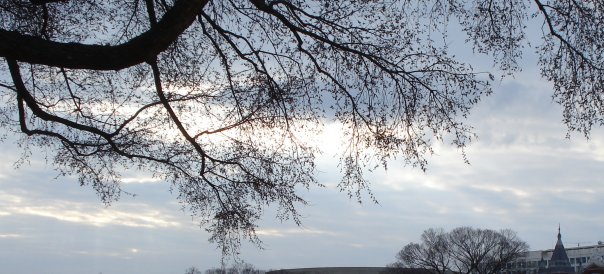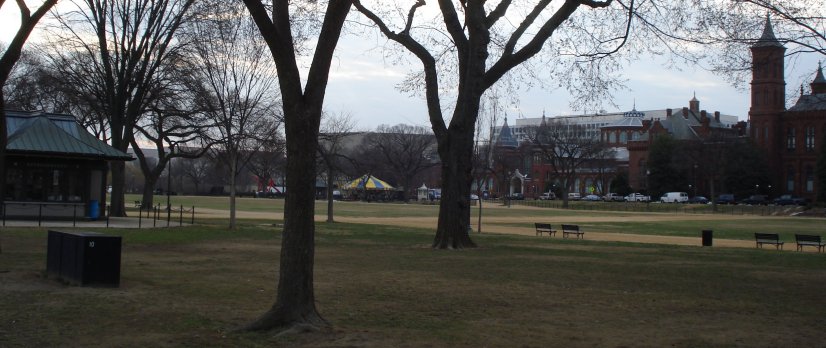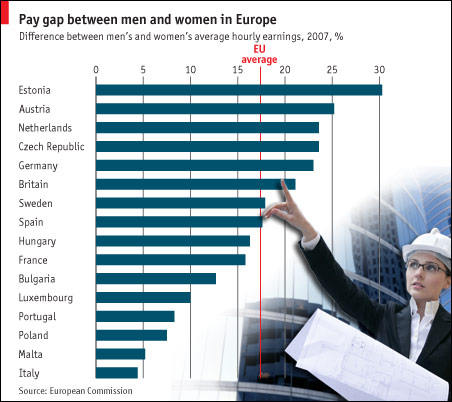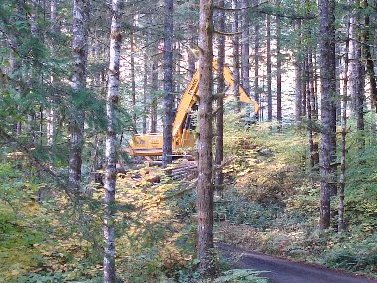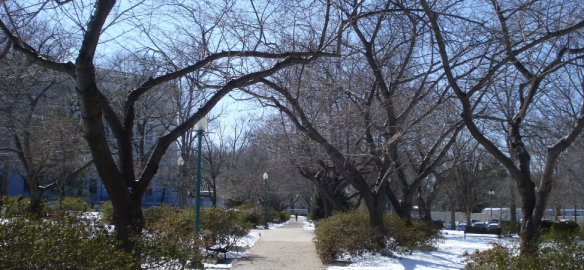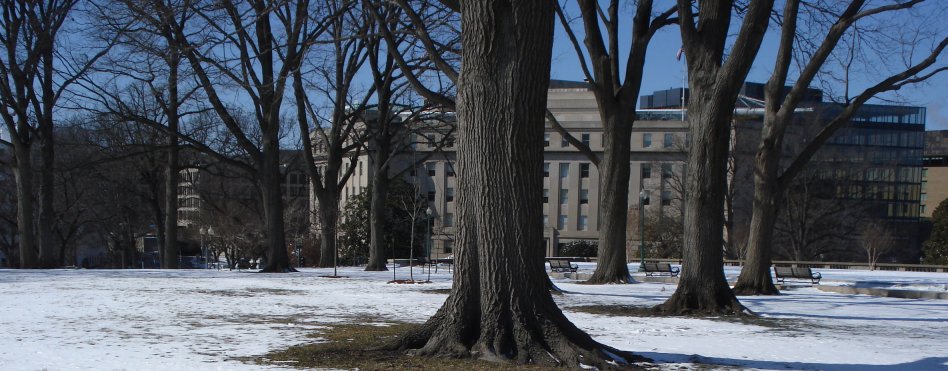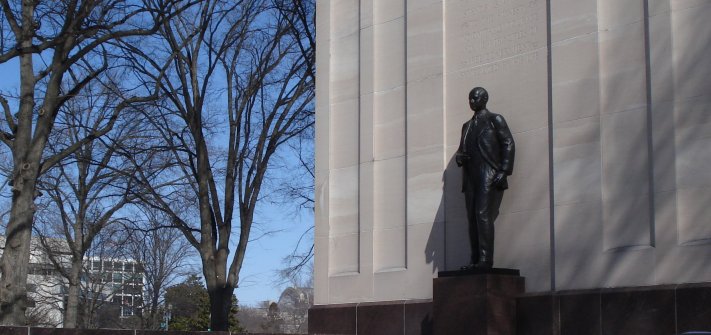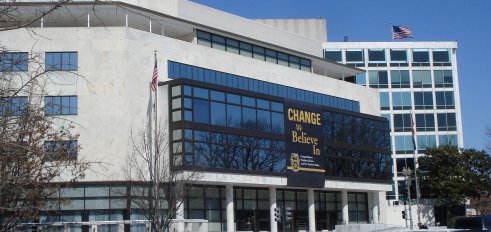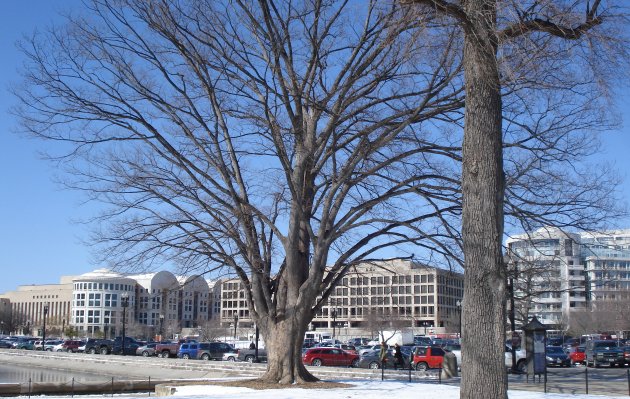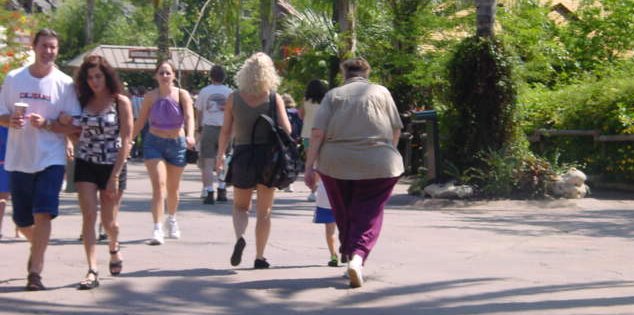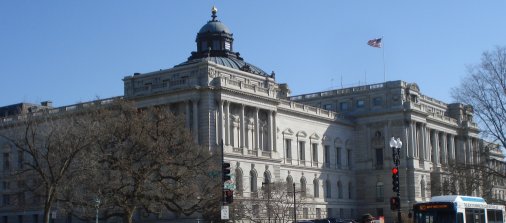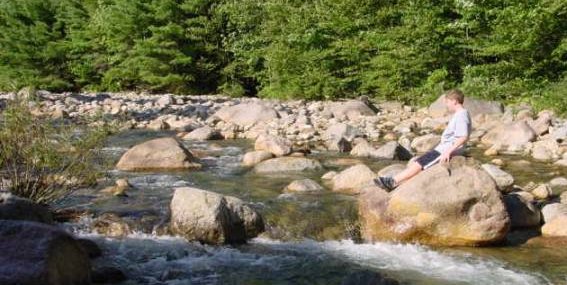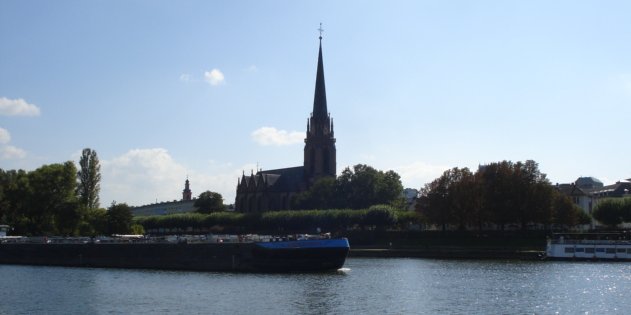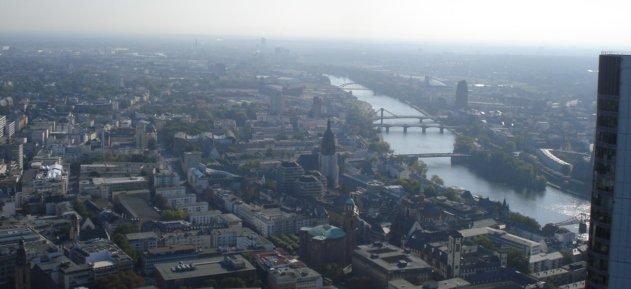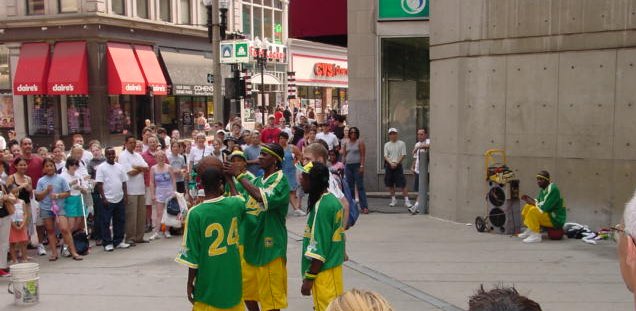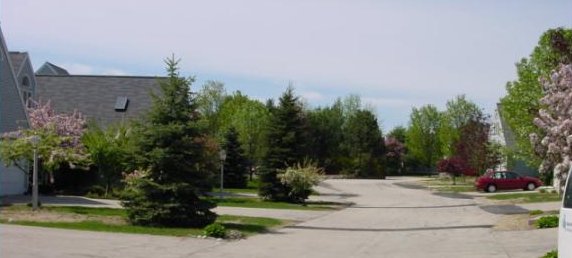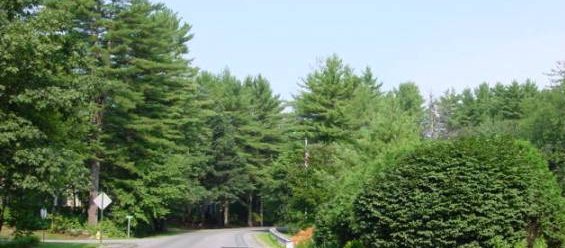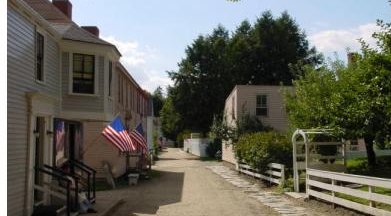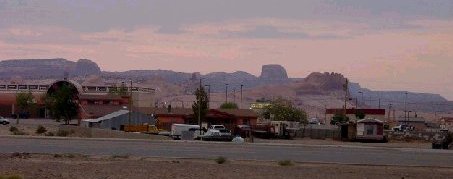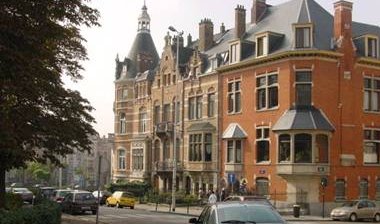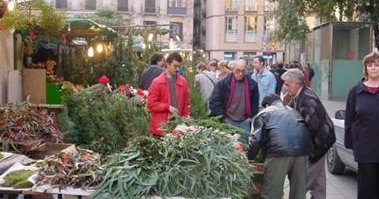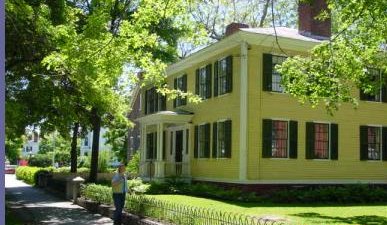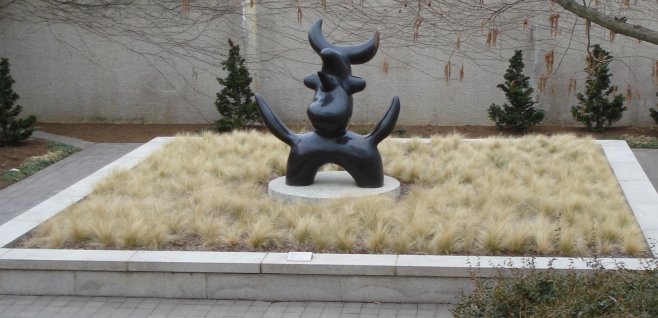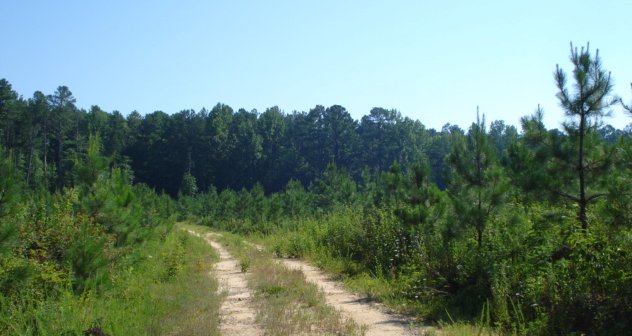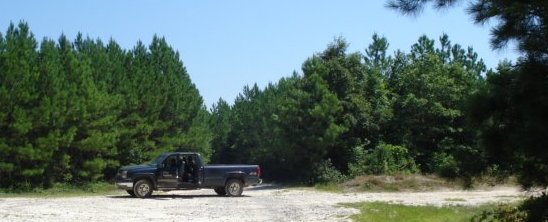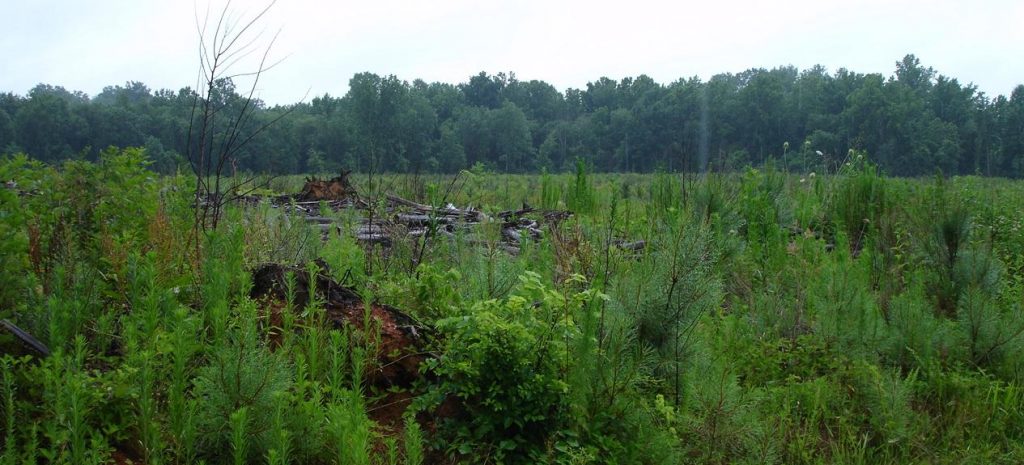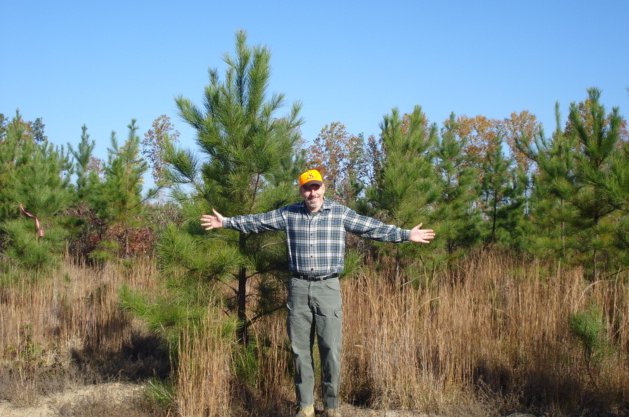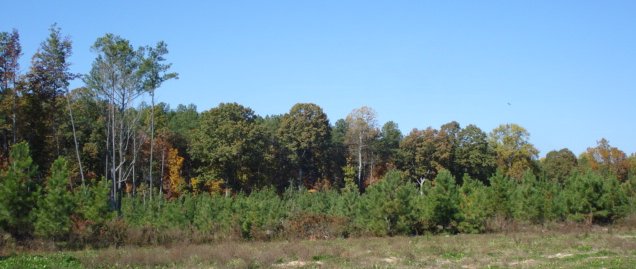I went down to the farms today. I had nothing special to do, but diligence and vigilance demands attention. The new growth on the loblolly will start in a few weeks and the old needles are a drab in anticipation of the energy that will go into the new. None of the hardwood trees is budding out. Although Brunswick is more than 150 miles south of Washington, spring comes just a little bit later. I don’t know why. Maybe it is because Washington is a heat island, as most urban areas are with all their heat absorbing surfaces and heat producing human activities. One problem in measuring changes in overall temperature is that as the measuring stations are surrounded by urban areas, the readings are biased by the buildings nearby.

Above is one of the streams near the road. The banks are just starting to green up. In back is a wetland about two acres. The stream shifts. I have seen the main bed in three different places. It ranges over around 100 yards and I am never sure where I will find the main stream. Below is Genito Creek that runs through part of our land. Look carefully. The creek is very wide at this point and the bottom is reddish clay, so it doesn’t stand out clearly in the photo at this time of year. The creek changes course and sand bars build and disappear. The forest near the creek is mature, but the shifts tend to knock down the big trees.

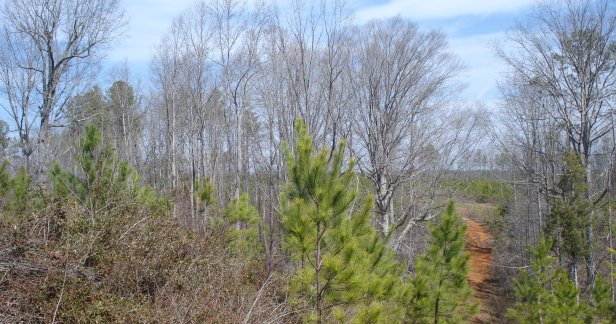
Above shows the stream management zone between two areas of pine. The SMZ protect the streams and provide corridors for wildlife. Some of the trees in the SMZ are very big. According to the records, the zones were established in 1958. don’t know how old the trees were when the zones were established. When the leaves are on the trees, you cannot see how they interact with the pines. Below – I have been exploring the new property in Freeman, VA. The forest is a little older and the ground is flatter, so it is easier to get around. I was surprised to find these big rocks in the SMZ. You find these kinds of outcroppings in mountains. This area is mostly flat. For my friends and relatives in cold climates, let me point out that the green leaves you see are holly. It stays green all year long around here and thrives in the understory, so the woods are never completely bare.

A lot of water is flowing and the roads are muddy. I am glad to get my truck muddy again. It is not a real truck unless it has the red clay spray marks up the wheel wells.
Although this is the least attractive part of the year – the wear of winter just before the burst of spring – it is also the easiest time to move around. Last year’s brambles are as weak as they will get and I can push through them. The ticks are active if it gets at all warm, but chiggers are not out yet; snakes are not active, no mosquitoes or flies. This year it is easier than before. The thinning and fertilizing operations of last fall made some paths. Beyond that, the trees are just getting bigger and starting to shade out some of the brush.
I walked around the SW boundary, down to the creek. My neighbor cut timber year before last. The boundary trees stand like a row of sentinels. He had a lot of hardwood brush. I don’t think he is going to replant. The guy who sold me my property called to tell me that this place is on the market. Not many people replant before they sell. Replant might be the wrong word, in any case. It was natural re-growth before. If he just leaves it alone, it will come in with tulip trees, some oaks. This is what he had before and it will come up from the roots. The pines cannot compete with this. The problem is that a lot of the re-growth will be inferior. They tended to selectively cut in the old days, which meant that they took the best and left the worst. This pattern will persist into the next generation if they come back from the roots.
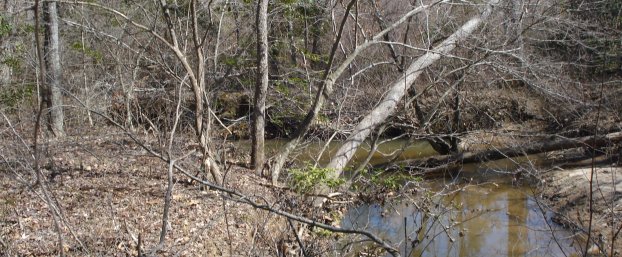
Above is part of Genito Creek. You can see the sand bars. They form and disappear. You can also see how the water undercuts the trees on the banks and eventually causes them to fall in. I also found some signs of beavers. They probably cannot do much harm here, and may be beneficial if they make a little pond at this point. Judging from the composition of the forests along the flats, I don’t think this would be the first time beavers have damed up this creek.

